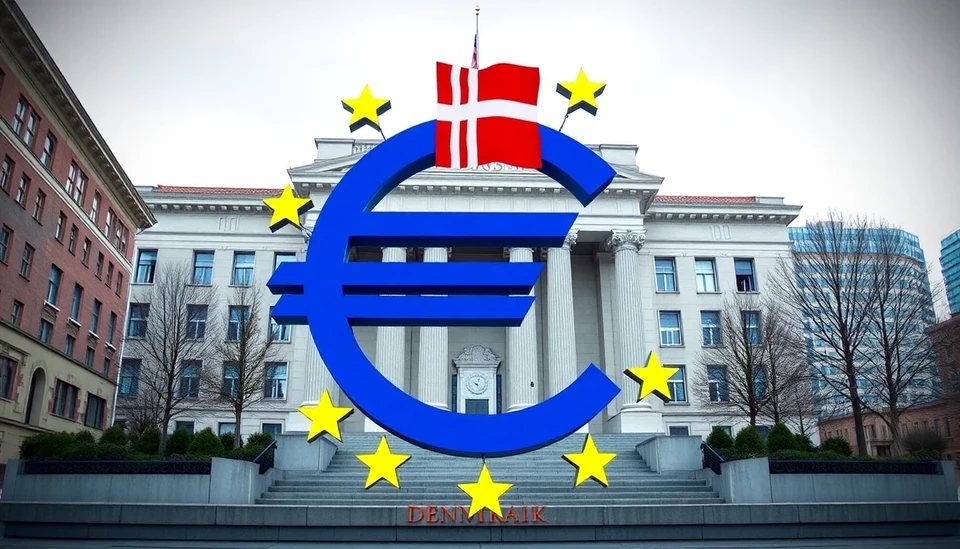
In a decisive move to uphold its currency stability, Denmark's central bank has matched the European Central Bank's (ECB) recent rate cut. This strategic decision aims to maintain the Danish krone's peg to the euro, a critical aspect of Denmark's monetary policy. The move comes amid growing economic uncertainty in the Eurozone, prompting the Danish National Bank to act swiftly in order to protect its financial framework and retain investor confidence.
The ECB lowered its key interest rate as part of its ongoing efforts to address sluggish growth and rising inflation across the Eurozone. Denmark, whose economy is tightly interwoven with that of the Eurozone, felt compelled to respond in kind. By adjusting its own rates in tandem with the ECB, Denmark ensures that the krone remains stable against the euro, which is essential for trade and economic health in the region.
The krone's peg to the euro has been an essential feature of Denmark's monetary policy for over three decades, providing economic stability by minimizing fluctuations and investor risks. The decision to match the ECB’s rate cuts reflects the Danish central bank's commitment to maintaining this peg despite the pressures from global economic conditions.
Market analysts are increasingly observing how these rate adjustments influence investor sentiment and flow of capital. The interconnected nature of European economies means that actions taken by one country’s central bank can have far-reaching implications for neighboring nations. Denmark's quick action to align with the ECB underscores its proactive approach to safeguarding its economy.
Furthermore, there are concerns about the broader implications of the Eurozone's economic performance on Denmark's exports and overall economic growth. As the ECB aims to stimulate growth through monetary easing, Denmark recognizes the importance of coordinated monetary policies to mitigate adverse effects on its economy, particularly in sectors heavily reliant on European markets.
As the global economy continues to navigate challenges, Denmark's central bank is poised to adjust its policies in line with the ECB's decisions, demonstrating its vigilant approach to economic stewardship. The question remains whether these measures will be enough to shield Denmark from potential economic turbulence that could arise from external pressures.
In conclusion, Denmark's response to the ECB's rate cut serves as a crucial reminder of the importance of monetary policy coordination in an interconnected world. Policymakers are hopeful that by maintaining the currency peg and responding to shifts in monetary policy from the Eurozone, Denmark can weather the storm of uncertainty and foster a stable economic environment.
#Denmark #ECB #InterestRate #CurrencyPeg #EconomicPolicy #MonetaryPolicy #Krone #Eurozone #Finance
Author: Rachel Greene




